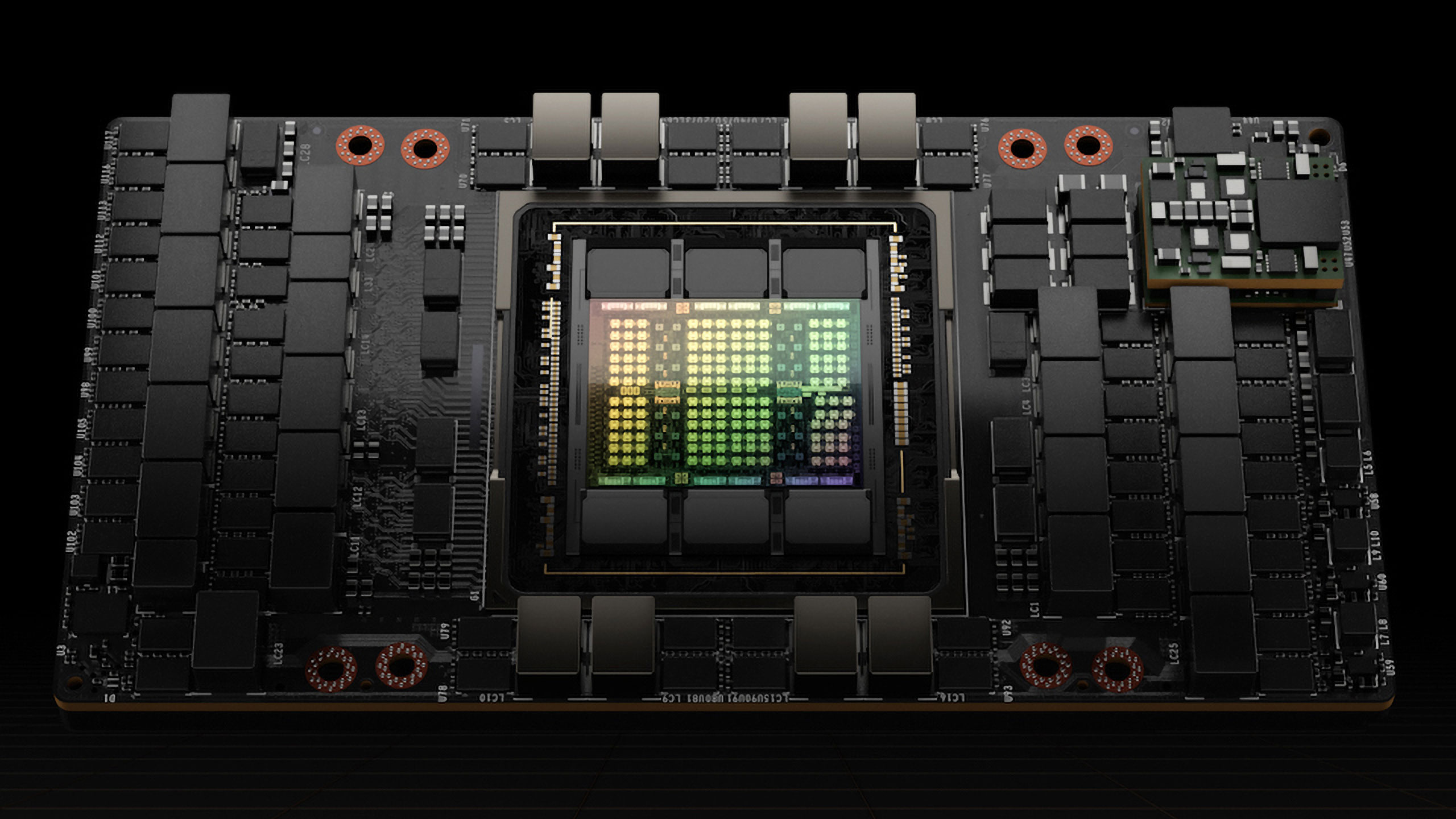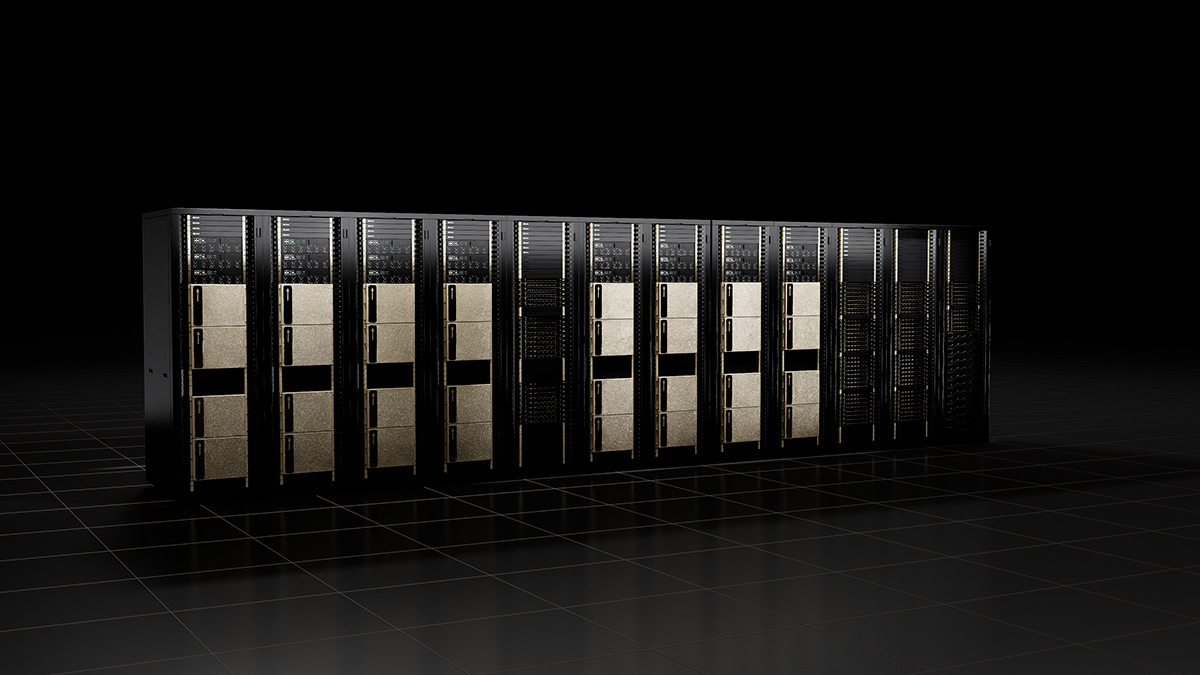The RTX 5090 is supposed to be the crown jewel of gaming GPUs—a 600W monster designed for enthusiasts. But in China, a very different story is unfolding. A recent video from Bilibili creator Ajian Talk exposes a parallel production line where these consumer cards are stripped bare, rebuilt, and reborn as blower-style “Turbo” models for AI servers. We’ve seen AI-focused 5090s surfacing from China before, but this is a rare look into the actual process of how they’re made.
What’s striking is the scale at which this work is done, as Ajian’s footage shows stacks of retail RTX 5090 boxes, complete with packaging and protective films, sitting in storage. These cards are tightly controlled and only available as ‘D’ variants due to U.S. export restrictions, yet somehow a Shenzhen-based company called “CT” has stockpiles large enough to fuel entire assembly lines. These are standard gaming variants from the likes of Zotac, Palit, and Inno3D, too.
The process starts with full retail 5090s undergoing functional tests; workers check the GPU die and memory to ensure they’re stable. Any defective boards are discarded before a single screw is turned. For the rest, CT tears off the triple-fan coolers and preps the “full-blood” GB202 chips for transplant. In the video, the host says that contrary to online rumors, blower cards aren’t made with downgraded silicon—only the best binned, high-performing dies are selected for this conversion. There are some “bad” dies on gaming 5090s that are completely discarded.
You may like
-
![]() Underground China repair shops thrive servicing illicit Nvidia GPUs banned by export restrictions
Underground China repair shops thrive servicing illicit Nvidia GPUs banned by export restrictions -
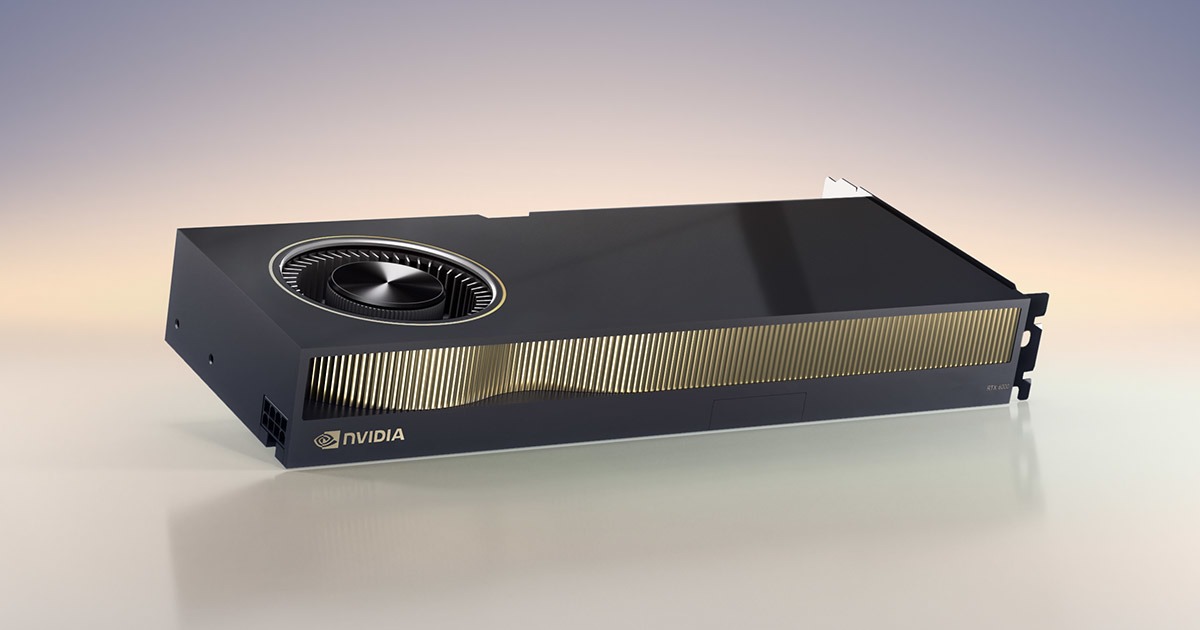 Nvidia reportedly preparing RTX 6000D for Chinese market to comply with U.S. export controls
Nvidia reportedly preparing RTX 6000D for Chinese market to comply with U.S. export controls -
![]() Nvidia is building 100 AI Factories: Jensen’s 50-year gambit begins
Nvidia is building 100 AI Factories: Jensen’s 50-year gambit begins
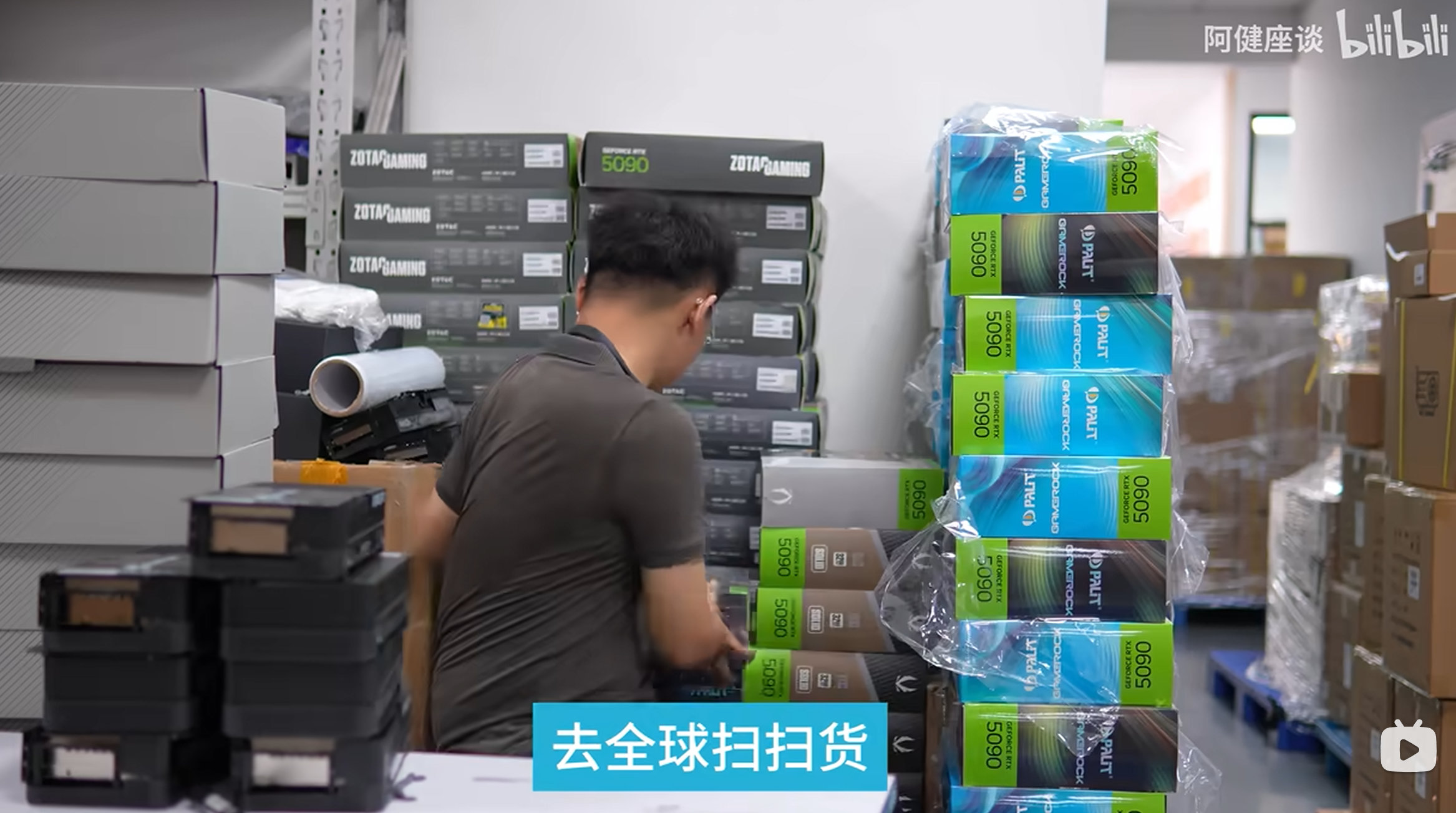
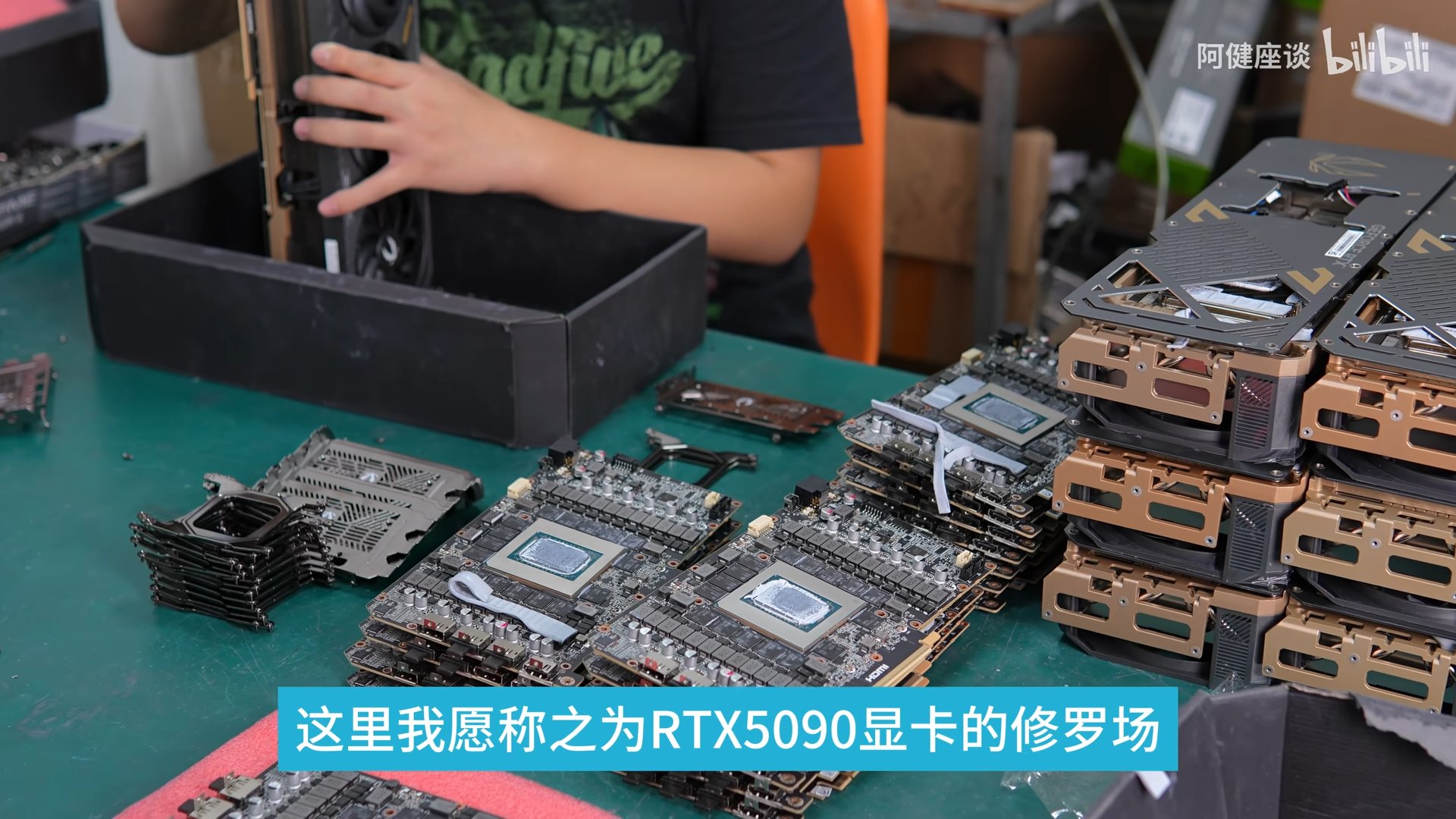
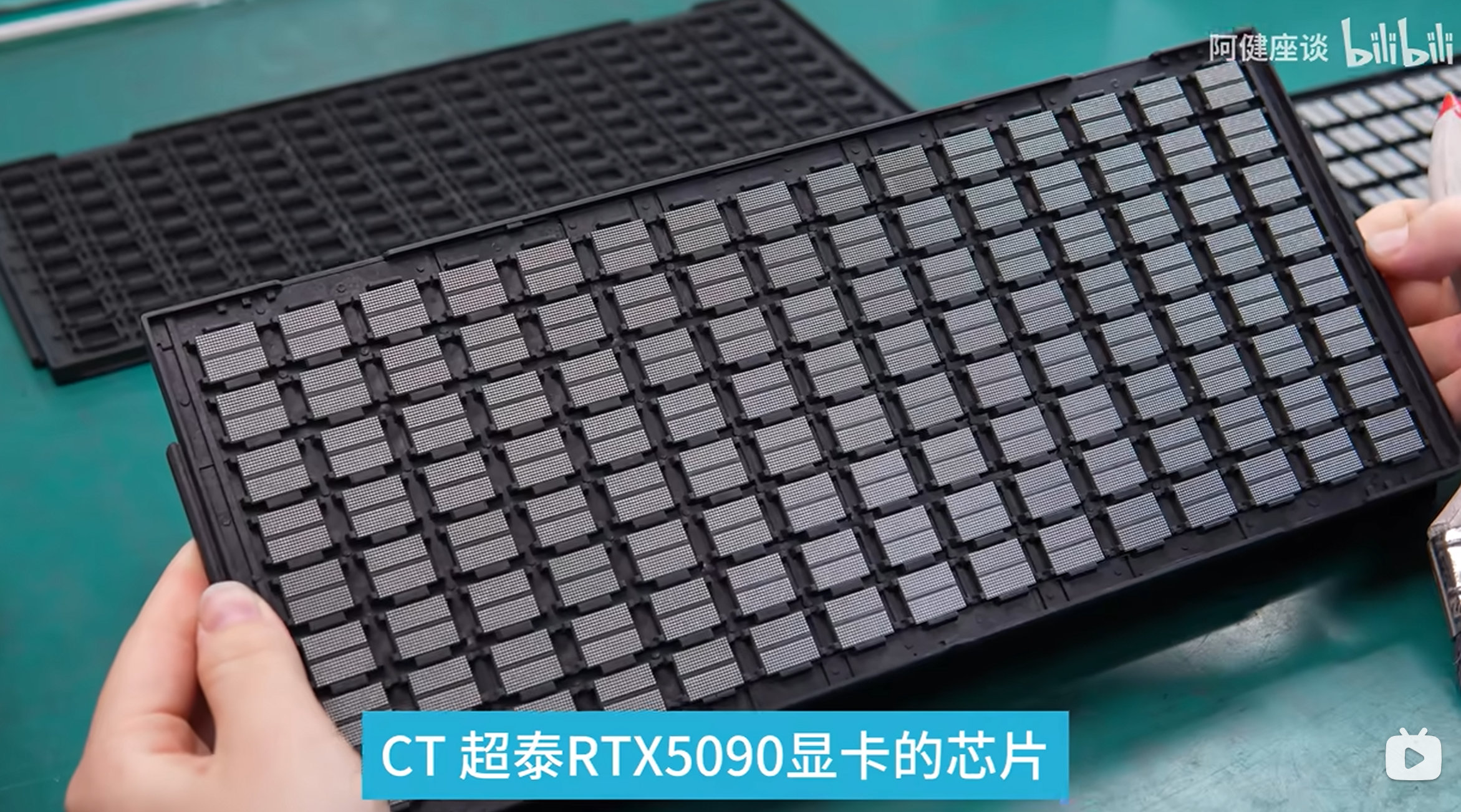
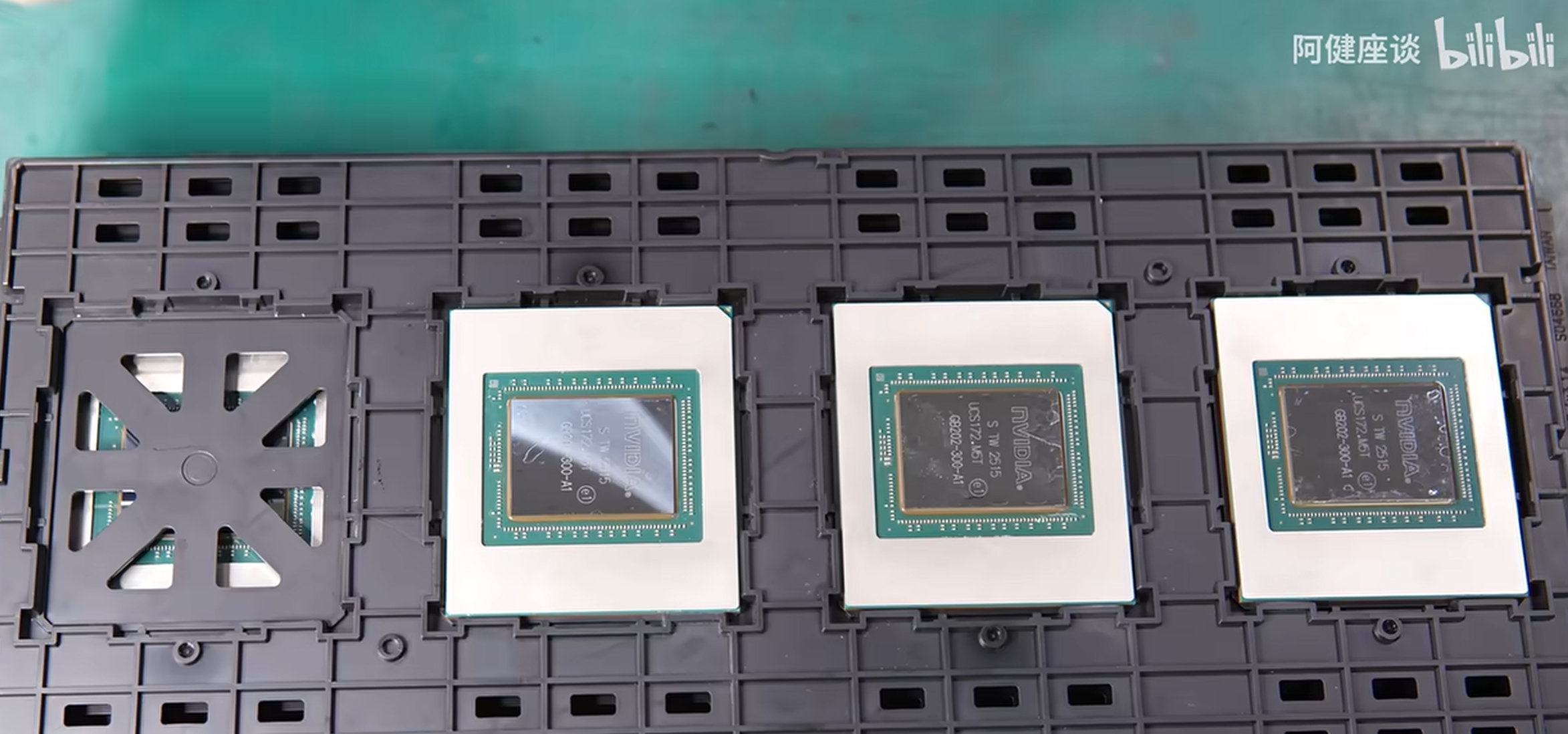
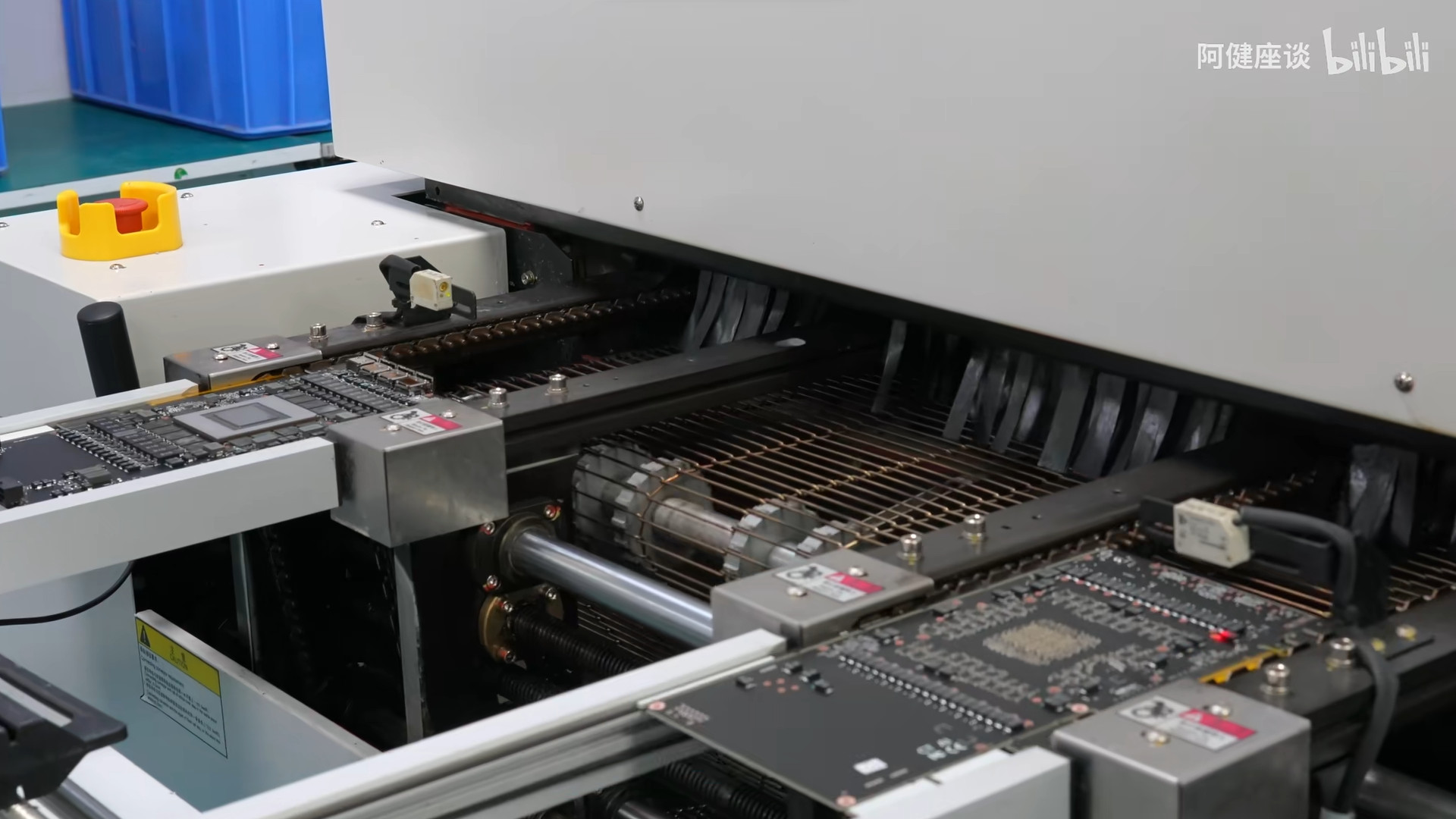
Once the testing and teardown process is complete, it’s time to do the actual work. The conversion is mostly straightforward, but it’s not just manual tinkering. Ajian’s video reveals industrial-grade BGA rework stations lifting the GPU dies and VRAM modules, cleaning them, and reballing them for mounting on custom dual-slot PCBs designed specifically for blower cooling. Every component—from capacitors to power connectors—is placed with 15-micron precision by SMT machines, while nitrogen-fed reflow ovens solder everything under controlled conditions to avoid oxidation.

